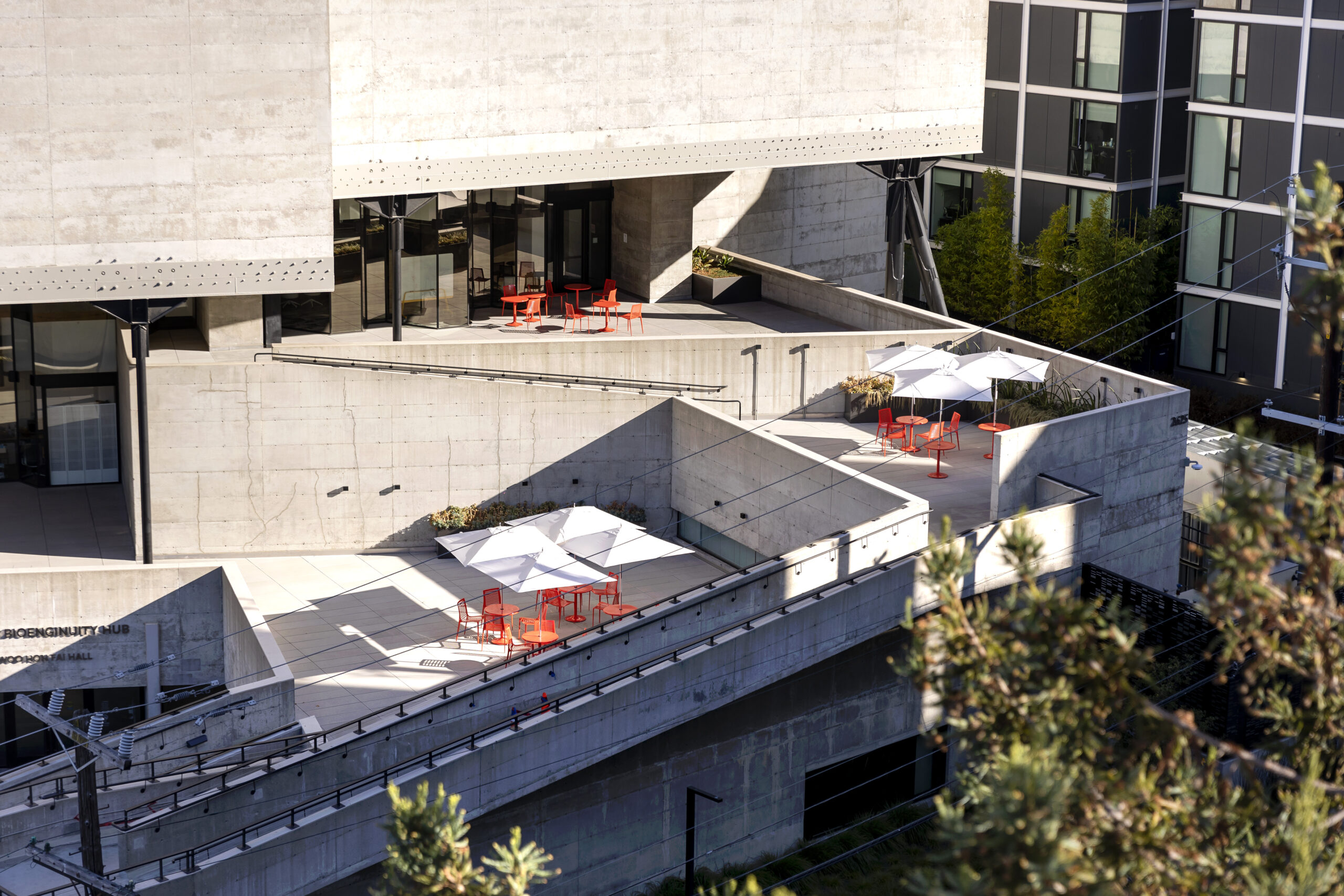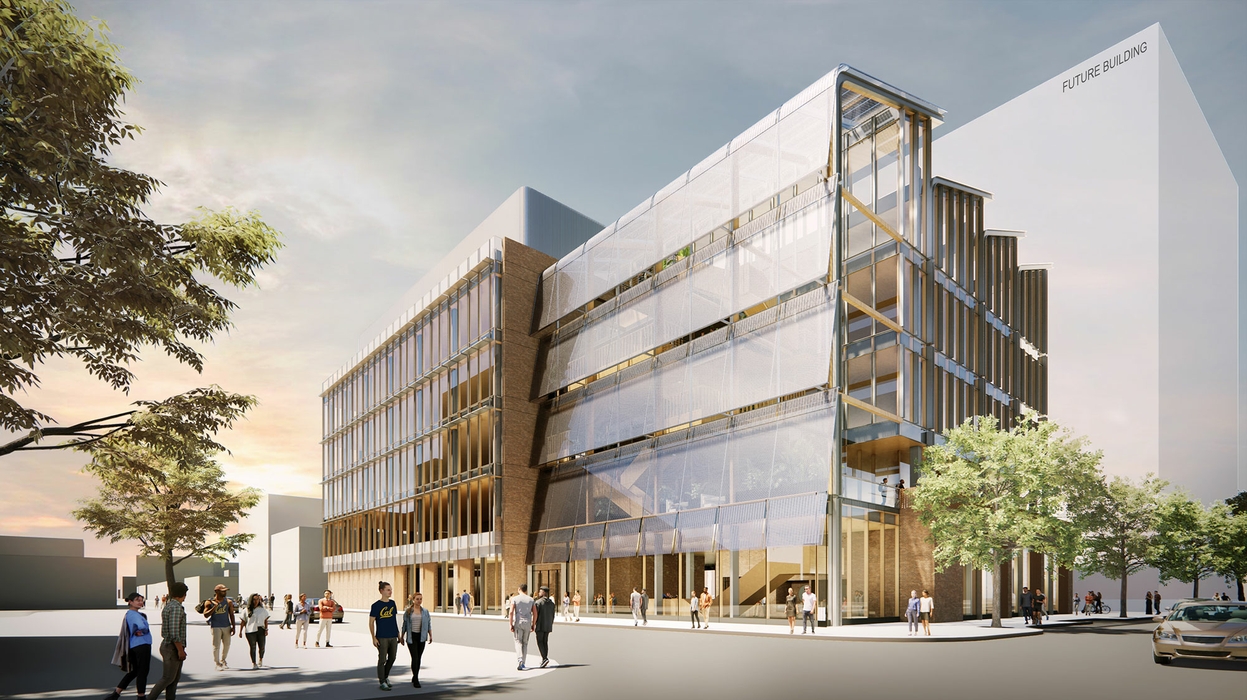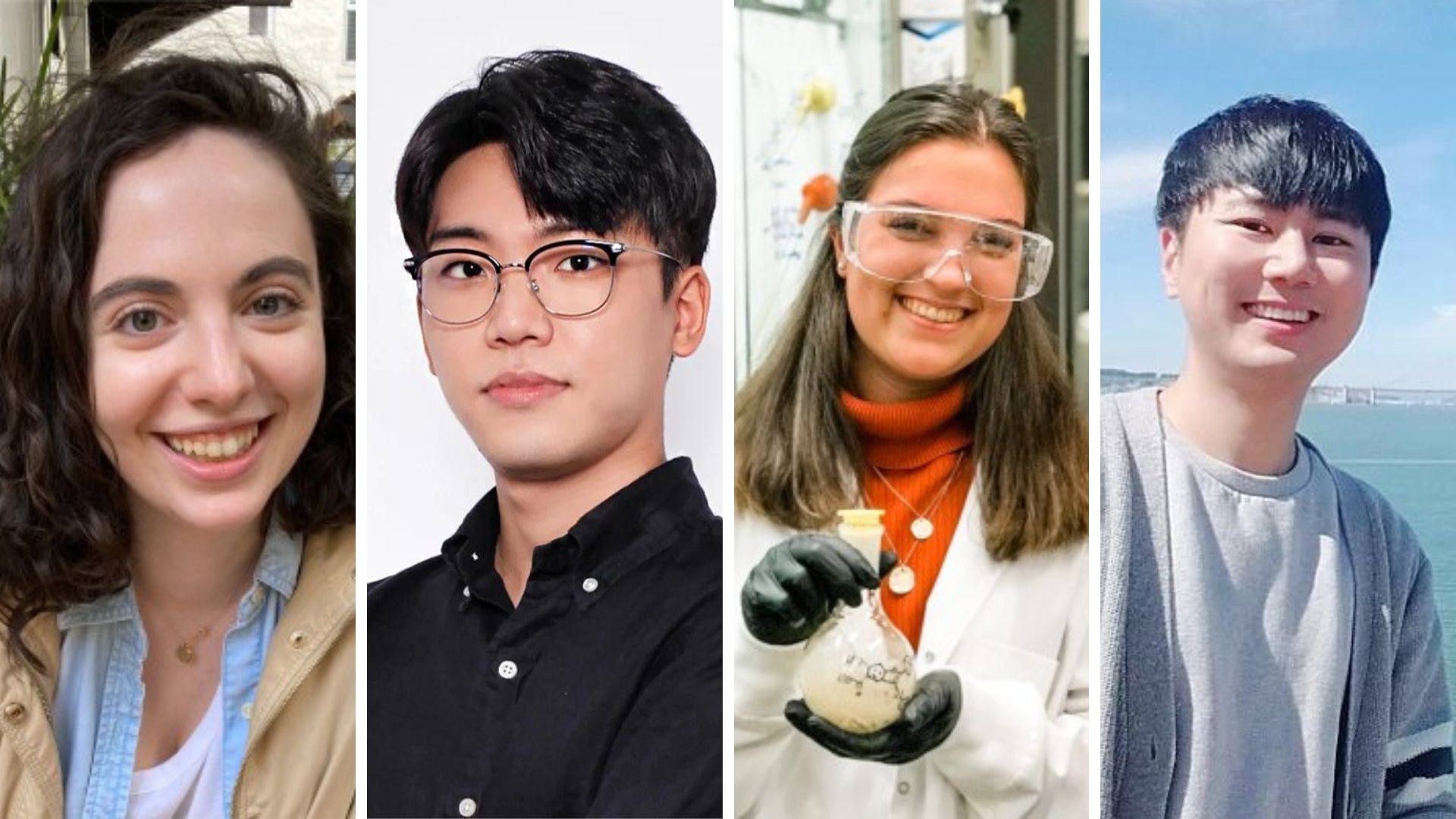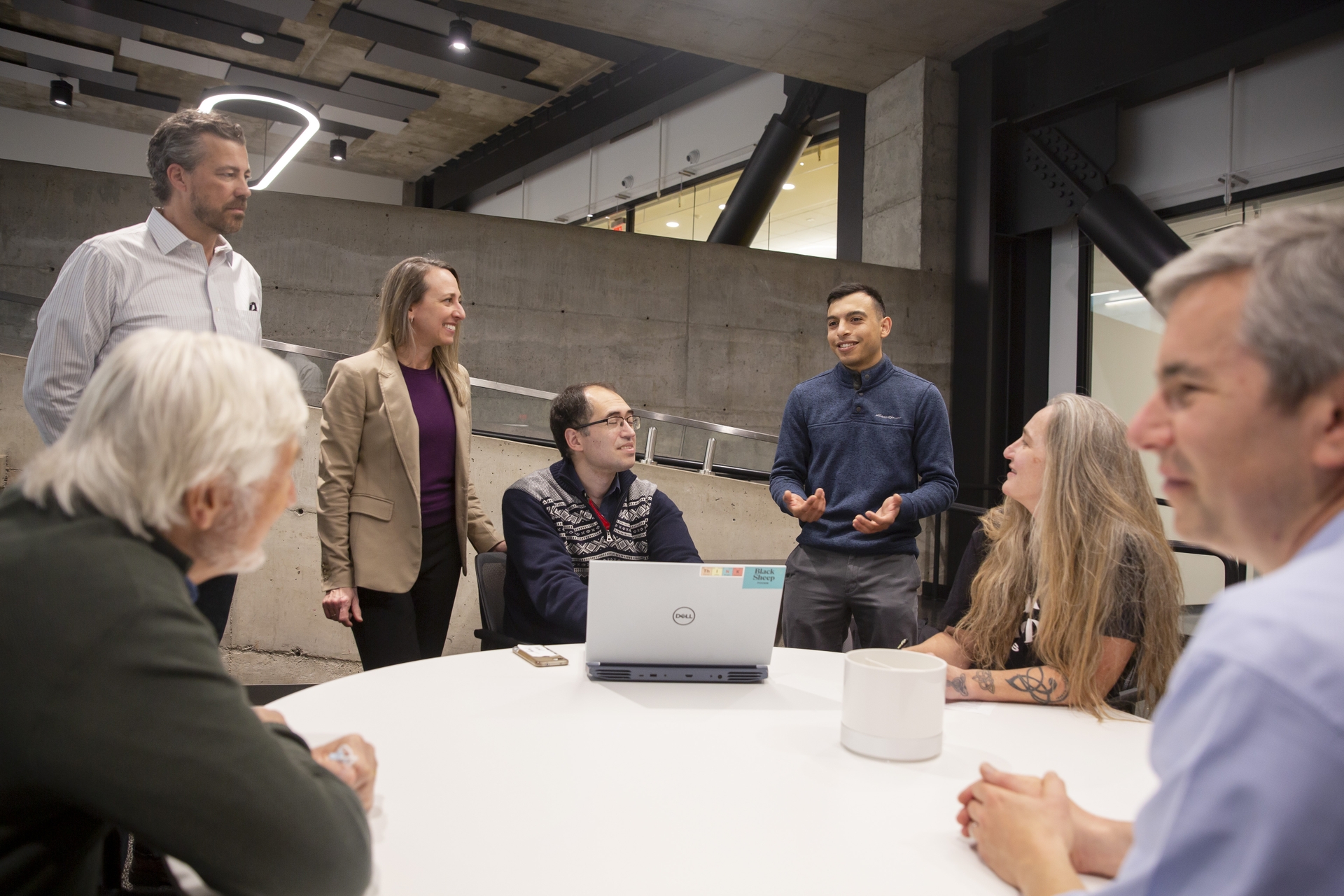The Next Generation of Changemakers: Announcing the Recipients of the 2024 BioEnginuity Impact Grant
By: Niki Borghei

The BioEnginuity Impact Grant is thrilled to announce the selection of four exceptional doctoral students who will join our growing community of innovators at the intersection of life sciences, physical sciences, engineering, and data science. This grant supports emerging leaders in STEM fields who are dedicated to translating their research into real-world applications with significant societal impact.
Our four new grantees represent a diverse array of research interests and approaches, each demonstrating remarkable potential to address critical issues facing our world today. By fostering interdisciplinary collaboration and providing intellectual freedom, the BioEnginuity Impact Grant empowers these scholars to tackle existential challenges and advance cutting-edge solutions.
Meet the Winners
Grace Hu: Programming 4D-Bioprinted Tissue via Cellular Self-Organization
In order to construct tissues at scale and address the global organ shortage crisis, 3D-bioprinting presents an attractive opportunity for patient-specific personalization and high throughput. Grace’s research focuses on printing cellular bioinks that self-organize into functional tissue. Coined ‘4D-bioprinting’, the ability of living inks to change shape over time (the 4th dimension!) can be leveraged to direct origami-inspired tissue folding. By engineering tissues with real-time computational monitoring and feedback, I hope to build advanced tissue models for regenerative medicine and drug discovery.
Q: What made you interested in this area of research?
A: My life of chasing curiosity has led me to work on an array of meaningful projects where I realize ideas into innovation. I first learned the art of 3D-printing during a summer internship, where I watched how light could be projected on a pool of resin to rapidly fabricate elastomeric lattices. In college, I had also conducted research on synthesizing printable batteries to power a low-cost scanning electron microscope, as well as developing AI models to augment computer science education. These foundational experiences reinforced my values of creativity and compassion, the harmonious synergy of which helped me gravitate towards 4D-bioprinting in my PhD. My grandfather was a veteran and so today, I am inspired by his spirit and the veteran community to work towards the dream of wound healing and tissue regeneration.
Q: Why did you decide to apply for the grant?
A: I applied for the BioEnginuity Impact Grant because its principles of entrepreneurship and interdisciplinary collaborations really resonated with me. In particular, talking to startup founders will help me formulate a business model early on for better integration as I finish my PhD project. I am grateful that this grant exists to fund potentially breakthrough ideas, and it sparks a stronger motivation in me to achieve my research goals.
Q: What are you most looking forward to as a grant winner?
A: I look forward to joining this community of visionary changemakers in science and technology! Additionally, I would be honored to work with experts from the Bakar Labs and BBH network, particularly to translate my research for equitable tissue/organ replacement. By making 4D-bioprinting accessible and affordable for all, we can create truly transformative biomaterials that go beyond science and into society.
Aidan Cowen: Biological Upgrading of Electrochemically Reduced CO2
Aidan works on turning carbon dioxide into plastics, fuels and other valuable chemicals using microorganisms. Microbes are powerful chemists which can turn carbon dioxide directly into these molecules. However, they can do a better job when we concentrate the carbon dioxide and perform highly efficient electrochemical reactions to turn it into other carbon molecules like formate and methanol. Microbes can more easily use these carbon dioxide-derived molecules as a source of carbon and energy. His work seeks to combine recent advances in electrochemistry with microbial fermentation to decarbonize chemical markets.
Q: What made you interested in this area of research?
A: Climate change is rapidly disrupting the conditions in which modern life has evolved. No other generation has witnessed such unprecedented changes to the ecosystems upon which we all rely. To preserve biodiversity and the stability of our modern society it is imperative that we rapidly develop technology which can not only mitigate the amount of fossil carbon we are emitting but also sequester carbon already emitted. Biological phenomena are responsible for the massive declines in atmospheric carbon observed over earth’s history. Engineering biology to perform carbon fixation and valorization is desperately needed to avoid the most ruinous effects of climate change.
Q: Why did you decide to apply for the grant?
A: This grant will allow me to continue my research beyond a proof of principle as I attempt to engineer the production of new types of bioplastics which won’t melt when exposed to hot beverages. Developing a platform to produce more valuable products will allow this technology to become more economical and expand to new markets.
Q: What are you most looking forward to as a grant winner?
A: I am looking forward to working with my domestic and international collaborators as well as developing new relationships with people motivated to tackle solutions for climate change. Nobody makes transformative technology in a vacuum. If this work sounds interesting to you please reach out to me!
Maria Astolfi: Enhancing Vaccine Adjuvant Biomanufacturing through Robotics and AI
Today, almost half of our drugs are derived from plants. Pharmaceutical companies rely on farming to source them, which is often inefficient, unsustainable, and expensive. Maria’s research has developed a sustainable supply chain for an essential component of life-saving vaccines, QS-21, by genetically engineering microbes. Her process enables the production of potent adjuvants through fermentation in tanks, just like a beer is made. She will deploy robotics and artificial intelligence to scale the biomanufacturing of adjuvants to make them reach people’s arms.
Q: What made you interested in this area of research?
A: I was born and raised in the Amazon rainforest in Brazil and grew up in awe of nature. Since then, I have dreamed of translating biodiversity as a source of innovation. I believe nature has the answer for the most challenging diseases, but we haven’t explored its full chemical potential. This landscape is rapidly changing with omics, synthetic biology, and artificial intelligence advancements. My purpose is to connect these two worlds by intersecting biodiversity with cutting-edge technology to discover and sustainably manufacture life-saving drugs.
Q: Why did you decide to apply for the grant?
A: Because I am a big fan of the BioEnginuity Hub! I attended many events as a PhD student and always admired what the startups are doing there and how truly passionate the leadership is to support them. The scientific freedom is also a huge advantage. I really couldn’t wait to apply and join the community!
Q: What are you most looking forward to as a grant winner?
A: I am so excited about the sessions with the advisors and the entrepreneurship training! Being with other grant fellows will be such a great experience too. I hope we will grow together and support each other.
Benjamin Cary: Magnetic Tracers for High Resolution In-Vivo Magnetic Particle Imaging
Benjamin is interested in improving biomedical imaging in order to better understand diseases and the human body. His research focuses on engineering scanners and injectable molecular probes that work together to provide more information about what’s going on inside of your body than ever before. He hopes to catch diseases faster so they can be treated more effectively and ensure that the patient lives a longer and happier life.
Q: What made you interested in this area of research?
A: Seeing how medical imaging made it possible to help my family members with their illnesses was deeply motivating in helping me pick this field.
Q: Why did you decide to apply for the grant?
A: I chose to apply for the grant so that I could have the opportunity and flexibility to explore new areas related to my research. I could not do that without the financial freedom the grant provides.
Q: What are you most looking forward to as a grant winner?A: I am most looking forward to exploring the entrepreneurial aspect of the Bakar grant. I would like to see how my research can be applied in industry and find ways to share it with the world through start-ups.





